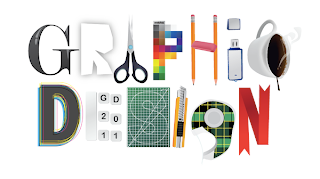The elements and principles of design are the building blocks
used to create a work of art. The elements of design can be thought of as the
things that make up a painting, drawing, design etc. Good or bad - all designs
will contain most of if not all of the elements of design.
The Principles of design can be
thought of as what we do to the elements of design. How we apply the Principles
of design determines how successful we are in creating a piece that is powerful
and will grab the viewer.
Listed below are 12 basic elements of design that usually make
up the mental processes initially employed in design creation.
There are many other design elements that will go into the
final product. These initial elements will allow the novice designer to compose
their thoughts and document the processes and elements that will go a long way
to a successful and impactful design.
Composition – The artist should insure that the design is arranged
in a pleasing and eye-catching manner, while expressing the artist’s
creativity.
Rule of Thirds – Visually dividing the design into thirds
vertically and horizontally will create placement points for the elements. This
is the basic rule in photography and aids in the pleasing aspect of design.
Balance – This is also known as optical and psychological
equilibrium in a composition. This includes color, line, shape or texture.
Balance in design is similar to
balance in physics.
A large shape close to the center
can be balanced by a small shape close to the edge. A large light toned shape
will be balanced by a small dark toned shape (the darker the shape the heavier
it appears to be.)
Symmetrical Balance – When both the left and right sides are equal
a composition is balanced.
Asymmetrical Balance – This acceptable design composition does not
use the elements in equal amounts. Dissimilar elements are used but not
repeated.
Focal Point – This is the part of your design that is viewed first
and is the most important element of your design. Various elements and
principles are used to create the focal point.
Emphasis – This, like the focal point, should be created to
standout and grab the viewer’s attention.
Leading Lines – this is an element used to draw a viewer’s
attention to the subject of your creation. This could physically be lines, but
may also be trees, roads, shadows or rivers. Anything that draws the reader to
a particular element is considered a leading line.
Implied Lines – These subtle lines also act to draw the reader’s
attention or allows for east reading.
Horizontal Lines – The lines are calming, passive and relaxing
lines that are level, straight, and flat and run parallel to the horizon.
Vertical Lines – These are lines that run straight up and down.
They give a commanding feel of importance.
Diagonal Lines – These are lines that move at angles and create
movement and tension.
Objects in a diagonal position
are unstable. Because they are neither vertical nor horizontal, they are either
about to fall or are already in motion.

















